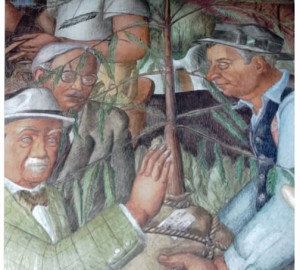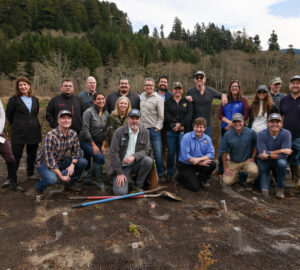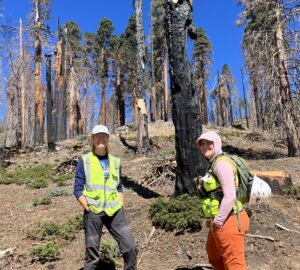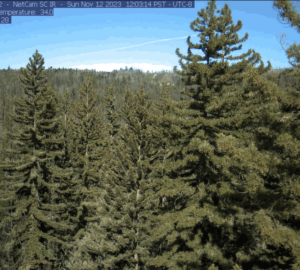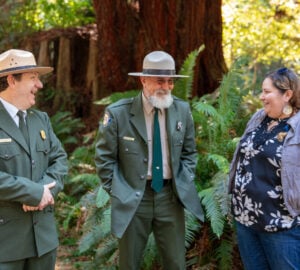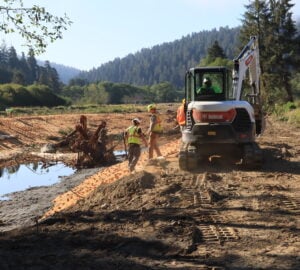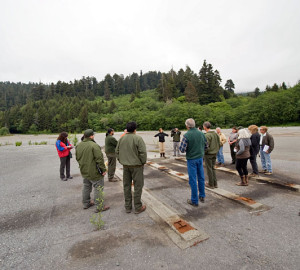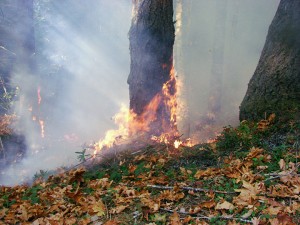
Last week, the sky around the Bald Hills area of Redwood National Park was hazy beyond the normal shroud of fog. Smoke filled the air. The forest was burning. Water trucks stood at the ready, fire crews and park staff hurried about, radios hissed and orders were barked. But this was no ordinary forest fire lit by lightning or carelessness. Rather, the fire was a deliberate one, set by park scientists as an experimental forest restoration treatment.
While Redwood National Park is home to some of the most magnificent old-growth redwood forest in the world, more than half the land is covered by young stands; having been clearcut in the mid-20th century and densely replanted primarily with Douglas fir. Without help, these forests will never regain their species or structure, and the park has undertaken a long-term, intensive restoration effort in order to set these forests on the right track and allow them to begin to heal. Fire, as an important historical element of the redwood forest, seems a natural fit.
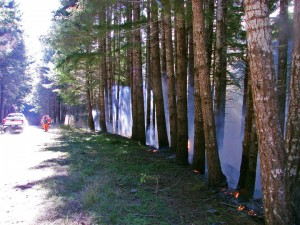
With the League’s support, scientists from Redwood National Park and the U.S. Geological Survey designed a study that asks whether or not prescribed fire in dense, young, second-growth forests can be used as a substitute for thinning as a restoration tool. The park has been using fire to maintain its prairies and woodlands for years, and has focused on mechanical treatments (felling trees with hand tools and chainsaws) for thinning; but for the many areas that are too steep to access or whose roads have been removed, fire may be a hopeful alternative. With the League’s help, the scientists have installed plots that will measure the patterns and magnitude of tree death, and will examine the impacts of the burn on the forest floor.
Will the burn kill overstory trees and replicate a mechanical thinning? Will the patterns of live and dead trees it leaves behind resemble natural succession? Will understory plants be helped or harmed by the flames? These are just a few of the questions this study will begin to answer, and as we look for ways to restore land that are both ecologically and cost effective, perhaps this research will lead us to a solution.
Learn more about research funded by the League through our Research Grants Program.

